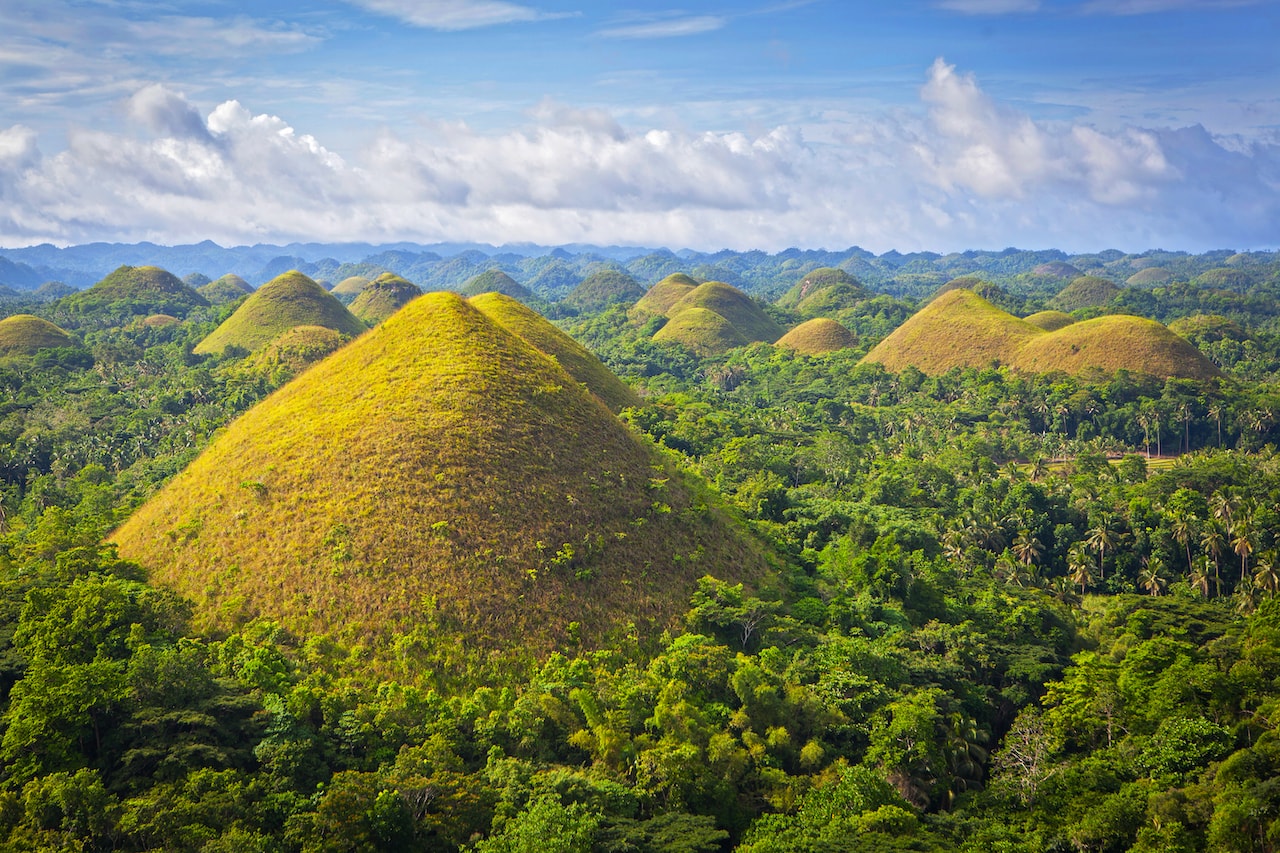From lush megadiversity to the unexpected entry at number 10, we review the countries that can save Earth’s most-threatened species
As a child, I lived with cockroaches in my family home. Our entire street had an infestation and it was months before the council got rid of them. I have seven siblings and not all of us fit on the sofa, so some of us would watch TV from the floor and I remember things scuttling by right next to my hand, making me leap up and scream. Sometimes, one would scurry across my pillow right before bedtime. This, quite understandably, gave me a mortal fear of bugs.
I found ways to cope: not opening my windows even in the height of summer, travelling with bug spray and a mosquito net on our trip around the world, using earplugs and an eye mask that time we camped in the outback.
Over the past few summers, however, I have noticed something unsettling. I can leave my window open – even at night – and I won’t get large moths in my home like I used to as a child. I will no longer find creepy crawlies in the corners of my ceiling, or see bees and butterflies in my garden like I used to as a child.
This has brought the ‘insect apocalypse’ into sharp relief for me. So marked is the precipitous decline in central Europe’s insect populations, that I with my untrained eye can observe it in my everyday life.
Of course, it’s not just insect populations that are declining. As author Elizabeth Kolbert explains in her brilliant book, The Sixth Extinction: An Unnatural History, humans are wiping out other species at an alarming scale and rate.
A new study, published in the journal Frontiers in Science, suggests an actionable way to stem the tide of destruction. The study identifies 16,825 sites around the world where conservation efforts would prevent the extinction of thousands of unique species. These sites, or ‘Conservation Imperatives’ (CI), amount to just 1.2% of Earth’s land but could save its most threatened species.
Notably, 38% of the sites are within 1.5 miles (2.5 km) of an existing protected area. Expanding these areas would be potential quick wins and would prevent the loss of thousands of the mammals, birds, amphibians and plants that are closest to disappearing.
One stark fact to come out of the study is that just five countries account for over 50% of the CI sites. If we extend the list to 10, we cover 73% of the sites.
Just 10 countries can preserve nearly three…
Click Here to Read the Full Original Article at Atlas & Boots…
